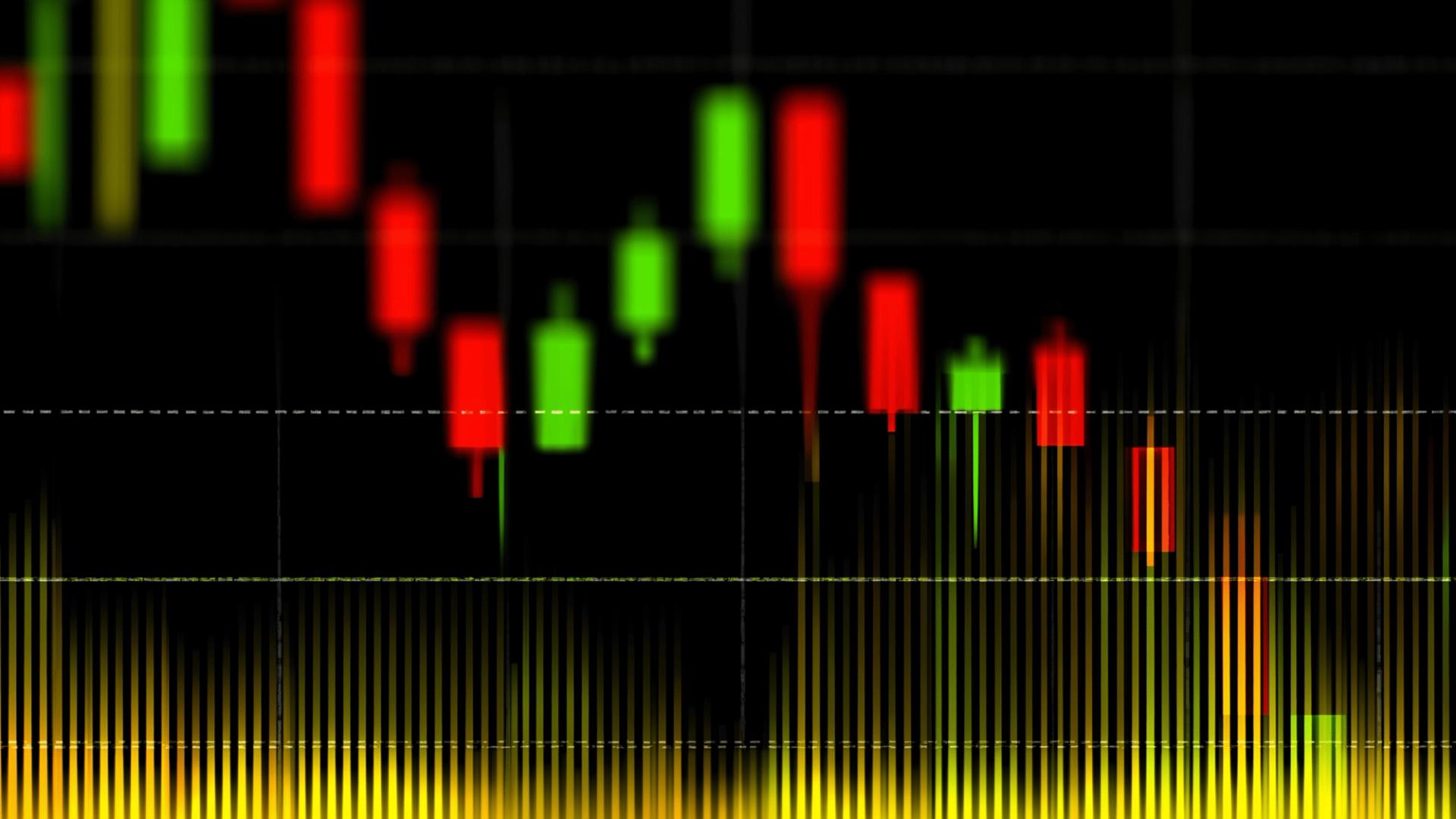
Bitcoin’s drop to $84,000 is less about mood and more about mechanics, according to Greg Cipolaro, Global Head of Research at NYDIG. In a report, Cipolaro said the core drivers of the 2024-25 rebound have gone into reverse.
Spot bitcoin ETFs, once the cycle’s main source of demand, are now exhibiting persistent redemptions. Those vehicles funneled billions into bitcoin during the first half of the year, the report notes, but flows over the past five days have turned negative.
SoSoValue data shows that these ETFs are on track to record their largest monthly outflow since their launch, having lost $3.55 billion so far in November, just shy of the record outflow of $3.56 billion seen in February.
Read more: Bitcoin ETFs have lost a record $3.79 billion in November
Aggressive capital flight
Stablecoins are sending out a similar signal.
Total supply has fallen for the first time in months, and the algorithmic token USDE has lost nearly half of its outstanding supply since the October 10 liquidation shock. NYDIG’s Cipolaro said this drop indicates money is leaving the market rather than sitting on the sidelines.
“Given its role in the liquidation, where it fell to $0.65 on Binance, its rapid contraction underlines how aggressively capital has been withdrawn from the system,” he wrote.
The report suggests that other factors point to capital outflows.
Corporate treasury operations based on DAT share premiums relative to net asset value have also collapsed. As those premiums turned into discounts, companies that once issued shares to buy bitcoin are now selling assets or buying back shares. Sequans, for example, earlier this month unloaded BTC to reduce debt.
“Importantly, while these setbacks mark a clear shift from a once-strong demand driver to a potential headwind, no DAT has yet shown signs of financial distress,” Cipolaro noted. “Leverage remains modest, interest obligations are manageable, and many DAT structures allow issuers to suspend dividend or coupon payments if necessary.”
Large bitcoin purchases during the crash, including those by Strategy and the country of El Salvador, failed to stop the price decline. For Cipolaro, “the fact that these considerable purchases did not even stop the decline is revealing.”
He argued that these pullbacks form a feedback loop triggered by the $19 billion liquidation event on October 10. The mechanisms that once drove prices higher are now reinforcing the decline.
In his view, investors should “hope for the best, but prepare for the worst,” noting that “the long-term thesis is still alive, but the short-term environment may be determined by well-worn cyclical mechanisms.”
“History suggests the next leg could be bumpy, but secular conviction remains an important asset for long-term investors,” Cipolaro added.
Read more: Cryptocurrency liquidity remains tight after October crash, risking sharp price swings



